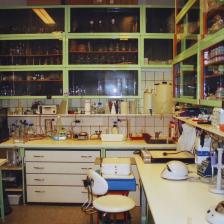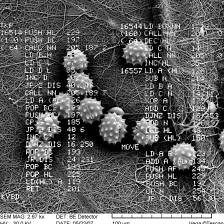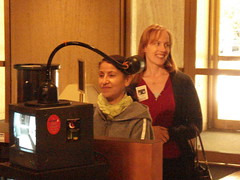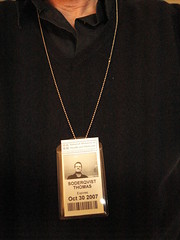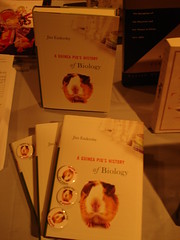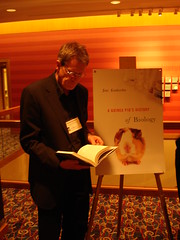Couldn’t sleep last night. Giorgio Agamben‘s books use to be the perfect over-the-counter remedy against insomnia, so I began reading his latest collection of essays (Profanations, Zone Books, 2007) and was just about to fall asleep when my eyes fell on this line (on p. 83):
The museification of the world is today an accomplished fact.
which made me wide-awake again. So here it goes:
The ‘Museum’ in Agamben’s vocabulary is not just a physical place (building) with collections and exhibitions, but “the separate dimension to which what was once — but is no longer — felt as true and decisive has moved” (p. 84). Agamben’s ‘Museum’ thus also includes the hundreds of properties on Unesco’s World Heritage List, national parks and other nature reserves (like Grand Canyon), protected ethnic groups, and so forth.
The ‘Museum’ pace Agamben is “the exhibition of an impossibility of using, of dwelling, of experiencing”, and as such it “occupies exactly the space and function once reserved for the Temple”. Once pilgrims travelled to sacred sites; today tourists “restlessly travel in a world that has been abstracted into a Museum”.
This contemporary mass pilgrimage involves a separation from the world of everyday practice:
the tourists celebrate on themselves a sacrificial act that consists in the anguishing experience of the destruction of all possible use,
Agamben says, and adds (p. 85) that “nothing is so astonishing” as the fact that the 650 million people who visit the ‘Museum’ each year
are able to carry out on their own flesh what is perhaps the most desparate experience that one can have: the irrevocable loss of all use, the absolute impossibility of profaning
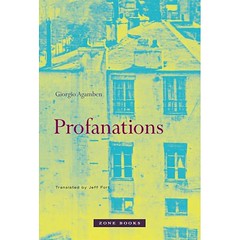
Needless to say, Agamben’s analysis of the ‘Museum’ (including museums) is quite different from that of the museum and tourism industry. But this shouldn’t keep us from asking if Agamben is right in suggesting that “the profanation of the unprofanable is the political task of the coming generation” (p. 92)
And if this is the case, what are the implications for museum politics in general? And for Medical Museion in particular? And what would ‘profanation’ imply in the contemporary medical (history) museum field?


